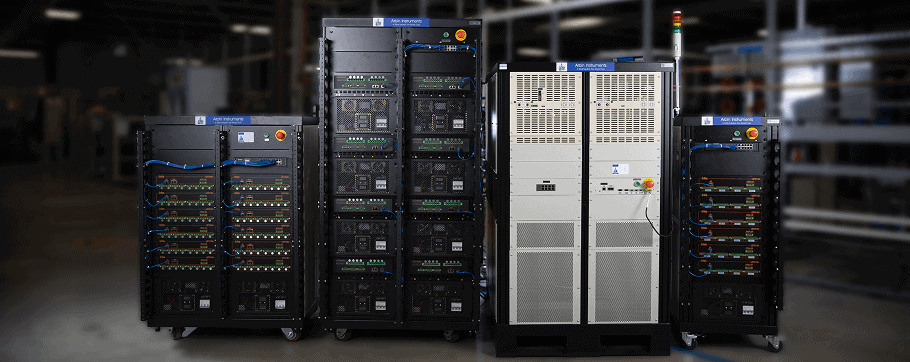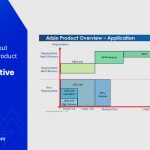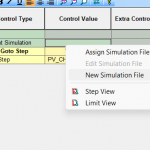Introduction PostgreSQL
Arbin integrated PostgreSQL Server, a powerful RDBMS, is designed for managing, analyzing, and securing data. It supports a wide range of functionalities and is used across various industries and applications. Since Arbin MITS adopted SQL Server into Data Acquisition, it has provided a flexible way to query and manage testing data effectively. PostgreSQL is an open-source relational database management system (RDBMS) known for its advanced features, reliability, and adherence to SQL standards. It is developed and maintained by a global community of contributors and is often praised for its extensibility and support for complex data types.
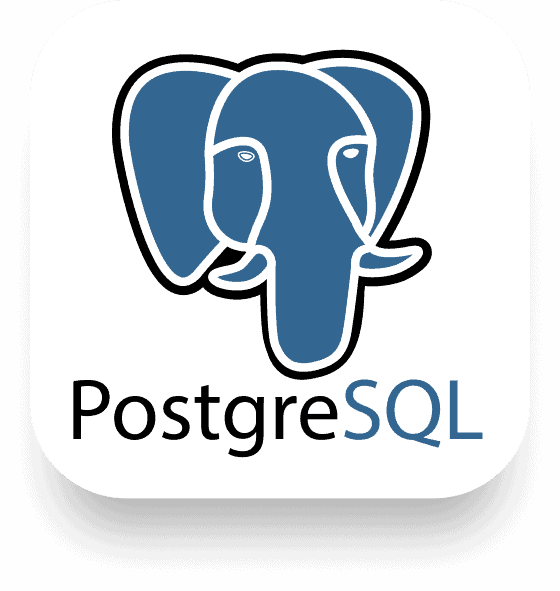
Core Functionalities of PostgreSQL Solution
Open Source
PostgreSQL is released under the PostgreSQL License, a permissive open-source license, which means it is free to use, modify, and distribute.
Standards Compliance
It adheres closely to SQL standards, which ensures compatibility with SQL-based applications and a broad range of SQL features.
Extensibility
Users can define custom data types, operators, and functions. It also supports plugins and extensions, such as PostGIS for geospatial data and full-text search capabilities.
Advanced Data Types
Supports a variety of data types beyond basic integers and strings, including JSON, XML, arrays, hstore (key-value pairs), and custom types.
Concurrency Control
Uses Multi-Version Concurrency Control (MVCC) to handle concurrent transactions without locking the database, ensuring data integrity and performance.
ACID Compliance
Fully supports ACID (Atomicity, Consistency, Isolation, Durability) properties, ensuring reliable transactions and data integrity.
Scalability
Scales well both vertically (by adding more resources to a single server) and horizontally (by distributing data across multiple servers using tools like Citus).
Backup and Recovery
Provides robust backup and recovery options, including physical backups, logical backups, and Point-in-Time Recovery (PITR).
Cross-Platform
Runs on various operating systems, including Windows, Linux, macOS, and Unix-like systems.
Advantages of PostgreSQL
Free to Use
Being open source, PostgreSQL does not require any licensing fees, making it an attractive option for businesses and developers.
Streaming
Replications
Streaming Replication in PostgreSQL allows for near real-time replication of changes from a primary server to one or more standby servers.
This process ensures that the standby servers can take over if the primary server fails, minimizing downtime and data loss.
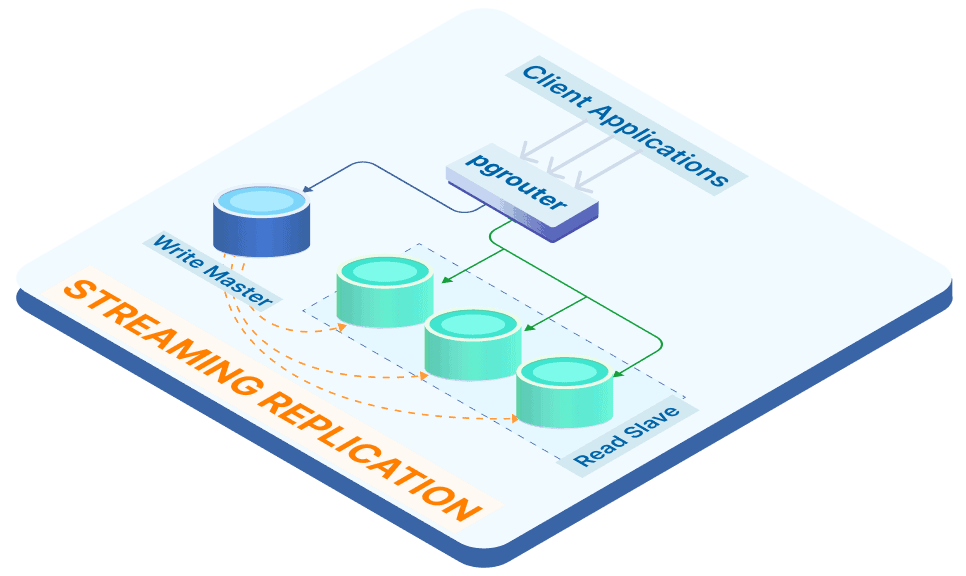
PostgreSQL Database offers extensive Replication strategies
Advantages
High Availability
Provides redundancy by keeping standby servers synchronized with the primary, reducing downtime.
Disaster Recovery
Standby servers can be used to recover from failures or disasters affecting the primary server.
Read Scalability
Standby servers can be used to offload read-only queries, improving overall system performance.
Standby
Replications
Description
PostgreSQL standby replication offers several advantages, particularly in the context of high availability, disaster recovery, and load balancing
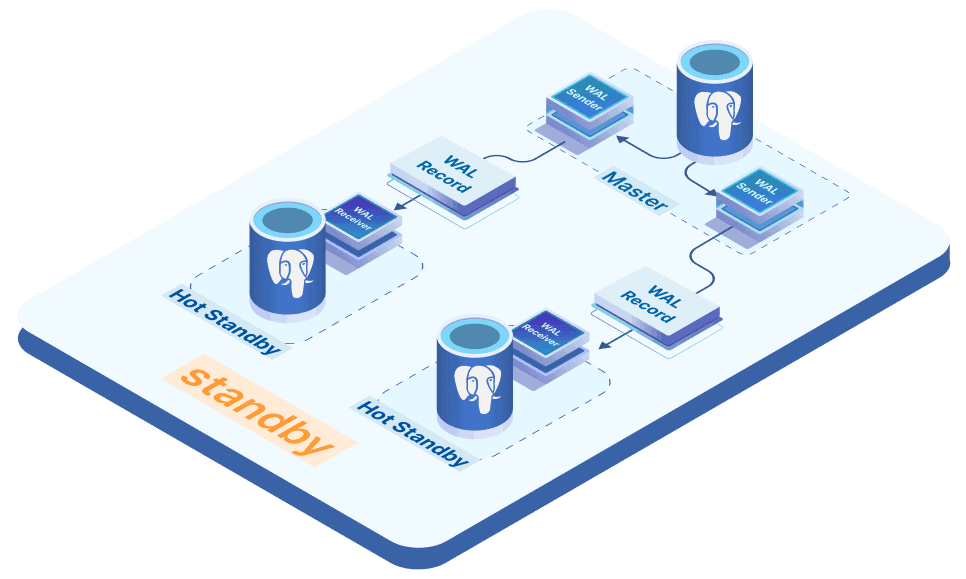
Minimizes Downtime
Standby servers are continuously updated with the latest changes from the primary server. In the event of a failure or maintenance requirement on the primary server, a standby server can be promoted to primary, minimizing downtime.
Automatic Failover
When integrated with failover management tools like Patroni or repmgr, standby servers can automatically be promoted to primary if the original primary server fails, further reducing downtime and manual intervention.
We are recommending customers to use PostgreSQL as default setup on Arbin MITS and setup replication for backup, query, export, plotting and analysis.
This configuration will not put high load on READ from the master database and free up master server resources to quickly insertion process and avoid potential risk of loss data.

